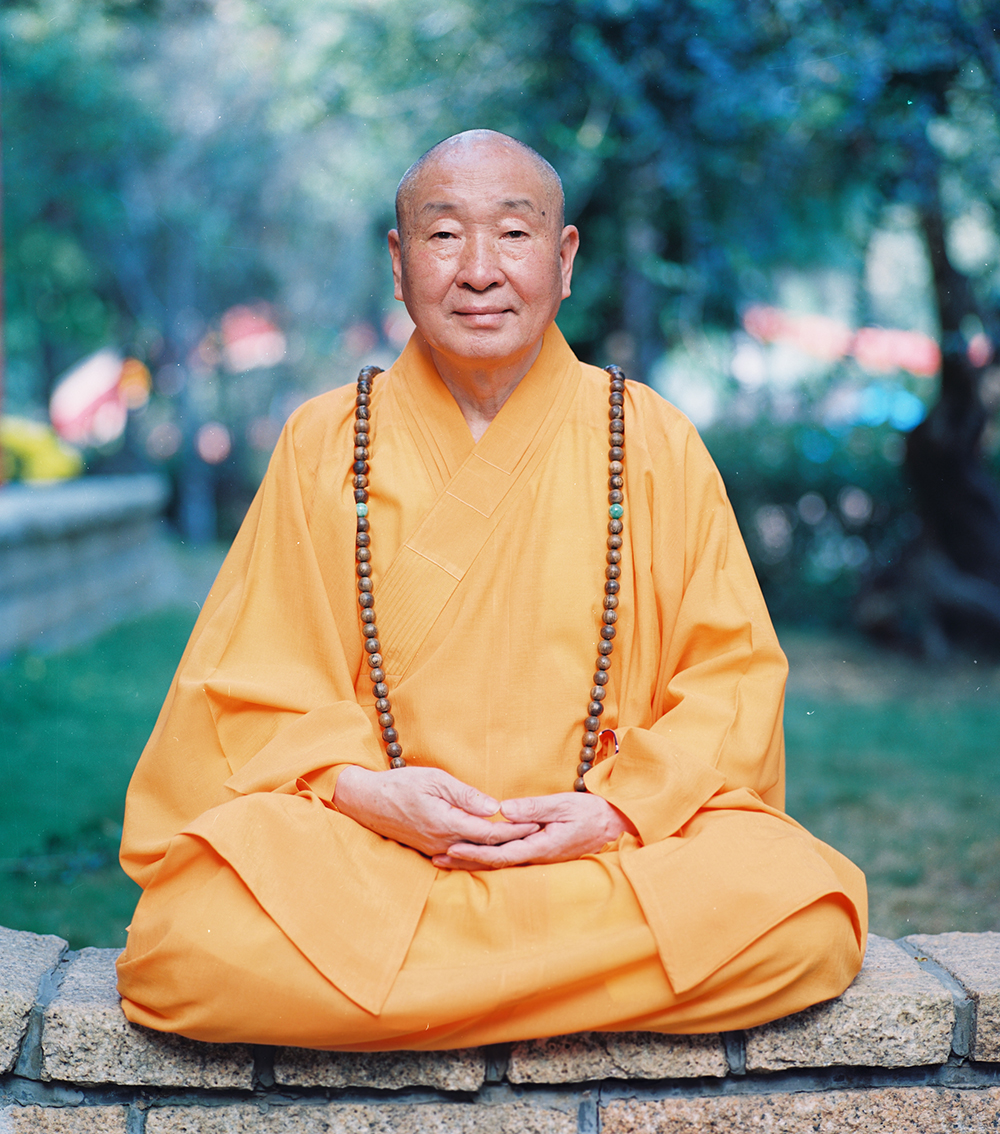Founder

The Venerable Wei Chueh Zhi’an (1928-2016)
The Museum founder, the Venerable Wei Chueh, respectfully known to his disciples as the Grand Master, was born in Yingshan, Sichuan province in China. He was ordained in 1963 in Keelung, Taiwan. After over ten years of solitary retreat in Taipei, at the request of many followers, the Grand Master came out to teach the Dharma at Lin Quan Chan Monastery, which he built. As the number of his disciples grew, he established Chung Tai Chan Monastery in central Taiwan’s Puli county in 2001, which has become a Buddhist landmark.
The Grand Master introduced several key principles of practicing Buddhism in the modern age, which have come to characterize the Chung Tai Chan tradition. “The Four Tenets of Chung Tai” puts respect, kindness, harmony and truthfulness into our daily life. “The Three Links of Cultivation” teaches that giving service to others, studying Buddhist scriptures and meditation are the three necessary disciplines that lead one to enlightenment. “The Five Directions of Spreading Buddhism” connects the Buddhist teaching with the academia, education, art, science and daily living, enabling people in today’s world to learn and explore the many facets of the Dharma from different angles.
Because of the Grand Master’s dedication to preserving and promoting Buddhist art, in 2006 and 2007, Chung Tai Chan Monastery held Buddhist art exhibitions to facilitate the exchange of art, academia and religion across the strait. In 2009, Chung Tai Museum was inaugurated with widespread reception from the public. The following year, China’s Xi’an Beilin (Stele Forest) Museum gifted Chung Tai with more than 1,000 titles of their original stele rubbings, greatly enriching the Museum’s collection. In order to broaden our scope and expand our mission, Chung Tai World Museum was conceived and began construction in 2012.
The inauguration of the Chung Tai World Museum in 2016 was a realization of our founder’s vow to protect Buddhist artifacts and spread Buddhism through art, to pass on the Dharma with images embodied in wood, stone, bronze, or the brush and ink. It is the mission of the Museum to continue the Grand Master’s vision of planting seeds of enlightenment, purifying minds and bringing positive influence to our world through the transforming power of these ageless artifacts.